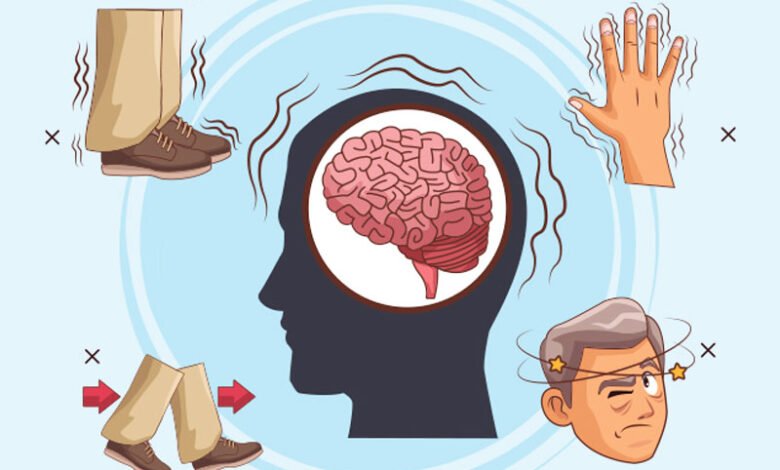Mastering Chronic Care: Essential Training for Asthma and Parkinson’s Disease Management

In today’s world, specialized training for managing chronic conditions like asthma and Parkinson’s disease training is more crucial than ever. This guide delves into why such training is essential, the components of effective programs, and the benefits they offer. Whether you’re a healthcare professional, caregiver, or someone looking to understand these conditions better, this article provides valuable insights.
Understanding Asthma
What is Asthma?
Asthma is a chronic respiratory condition characterized by inflammation and narrowing of the airways, making it difficult to breathe. It can range from mild to severe and may significantly impact a person’s quality of life. Understanding asthma involves recognizing its symptoms, triggers, and the underlying pathophysiology.
Symptoms and Triggers
Common symptoms of asthma include wheezing, shortness of breath, chest tightness, and coughing. These symptoms can be triggered by various factors such as allergens, respiratory infections, physical activity, and environmental pollutants. Identifying and managing these triggers is a key aspect of asthma training.
Asthma Training: Essentials
Key Training Components
Effective Asthma training covers several core components:
- Understanding Asthma Pathophysiology: Educating about how asthma affects the respiratory system.
- Recognizing Symptoms and Triggers: Training to identify symptoms and avoid triggers.
- Medication Management: Proper use of inhalers and other medications.
- Emergency Response: Procedures to follow during an asthma attack.
Techniques and Methods
Training methods may include:
- Interactive Workshops: Hands-on sessions to practice inhaler techniques.
- Simulation Exercises: Real-life scenarios to handle asthma emergencies.
- Educational Materials: Brochures, videos, and online resources to reinforce learning.
Practical Applications
Implementing asthma training involves:
- Routine Monitoring: Regular check-ups to assess asthma control.
- Personalized Action Plans: Tailoring management plans to individual needs.
- Community Outreach: Educating family members and the community about asthma.
Understanding Parkinson’s Disease
What is Parkinson’s Disease?
Parkinson’s disease is a neurodegenerative disorder that affects movement. It is characterized by tremors, rigidity, and bradykinesia (slowness of movement). As the disease progresses, it can impact a person’s ability to perform daily activities and maintain quality of life.
Symptoms and Progression
Symptoms of Parkinson’s disease typically start with subtle changes in movement and gradually worsen. Common symptoms include:
- Tremors: Shaking, usually starting in the hands.
- Rigidity: Muscle stiffness and resistance to movement.
- Bradykinesia: Slowness of movement and difficulty initiating actions.
- Postural Instability: Difficulty with balance and coordination.
Parkinson’s Disease Training: Essentials
Key Training Components
Effective Parkinson’s disease training includes:
- Understanding Disease Progression: Knowledge of how the disease advances and its impact on movement.
- Management Strategies: Techniques to manage symptoms and improve quality of life.
- Medication Management: Training on the use of medications and their side effects.
- Physical Therapy: Exercises and strategies to maintain mobility and strength.
Techniques and Methods
Training methods may involve:
- Physical Therapy Sessions: Customized exercises to improve mobility and balance.
- Educational Workshops: Information sessions on disease management and caregiver support.
- Support Groups: Sharing experiences and strategies with others affected by Parkinson’s.
Practical Applications
Applying Parkinson’s disease training involves:
- Personalized Exercise Programs: Tailored to the individual’s needs and abilities.
- Caregiver Training: Educating caregivers on how to provide support and manage symptoms.
- Regular Monitoring: Frequent assessments to adjust treatment plans as needed.
Comparing Asthma and Parkinson’s Disease Training
Similarities and Differences
Both asthma and Parkinson’s disease training share common goals: improving patient outcomes and quality of life. However, the focus of training differs:
- Asthma Training: Emphasizes managing respiratory symptoms and avoiding triggers.
- Parkinson’s Disease Training: Focuses on maintaining mobility and managing movement symptoms.
Combined Training Benefits
Integrated training programs that address both asthma and Parkinson’s disease can provide holistic care. Such programs might include:
- Comprehensive Management Plans: Coordinated strategies for managing both conditions.
- Enhanced Caregiver Support: Training caregivers to handle multiple health issues simultaneously.
- Improved Patient Outcomes: Better overall health management and quality of life.
Conclusion
Specialized training for asthma and Parkinson’s disease is vital for effective management and improved quality of life. By understanding the essentials of each condition and applying practical training methods, caregivers, healthcare professionals, and patients can achieve better outcomes. Whether through individual or combined training programs, the goal remains the same: to provide the best possible support and care.
FAQs
What are the benefits of asthma training?
Asthma training helps individuals manage their condition more effectively, avoid triggers, and respond appropriately during an asthma attack, leading to improved overall health and quality of life.
How does Parkinson’s disease training help caregivers?
Parkinson’s disease training provides caregivers with essential skills and knowledge to support individuals with Parkinson’s, manage symptoms, and handle day-to-day challenges, enhancing both patient and caregiver well-being.
Can training improve quality of life for patients?
Yes, specialized training can significantly improve the quality of life for patients by teaching them how to manage their condition, adhere to treatment plans, and maintain independence.
How often should training be updated?
Training should be updated regularly to reflect new research, treatment options, and best practices, ensuring that both caregivers and patients have the most current and effective strategies for managing their conditions.
Where can I find reliable training programs?
Reliable training programs can be found through medical institutions, professional organizations, and online resources. It’s essential to choose programs accredited by reputable organizations and tailored to specific needs.





